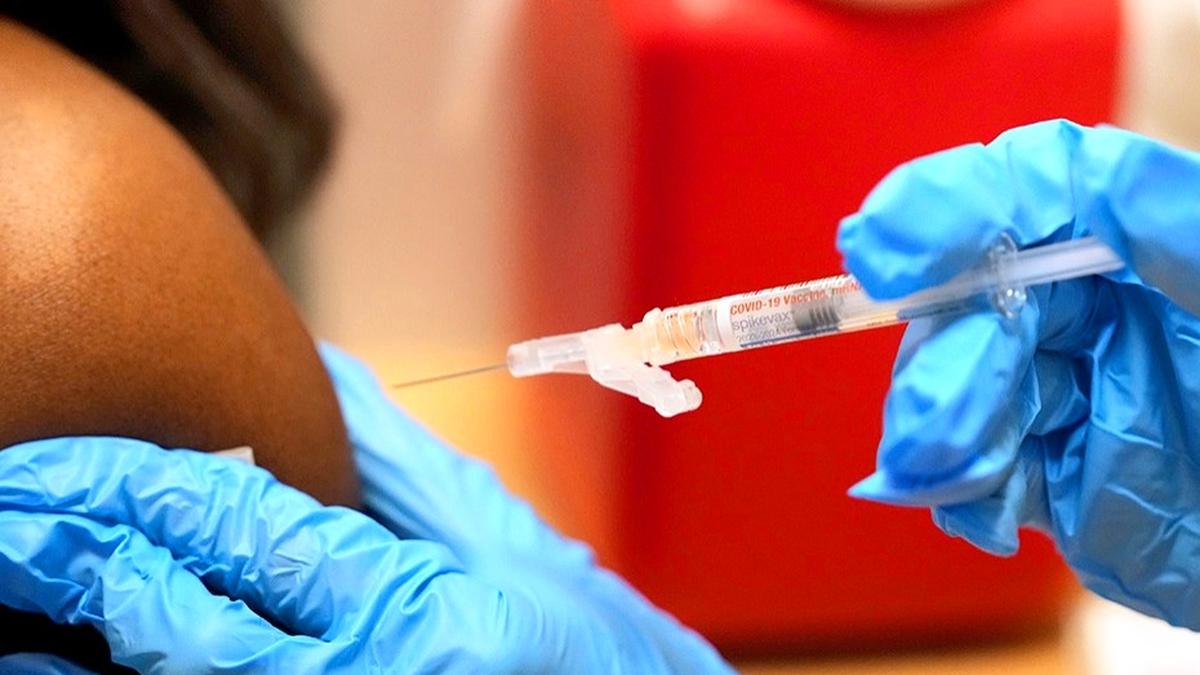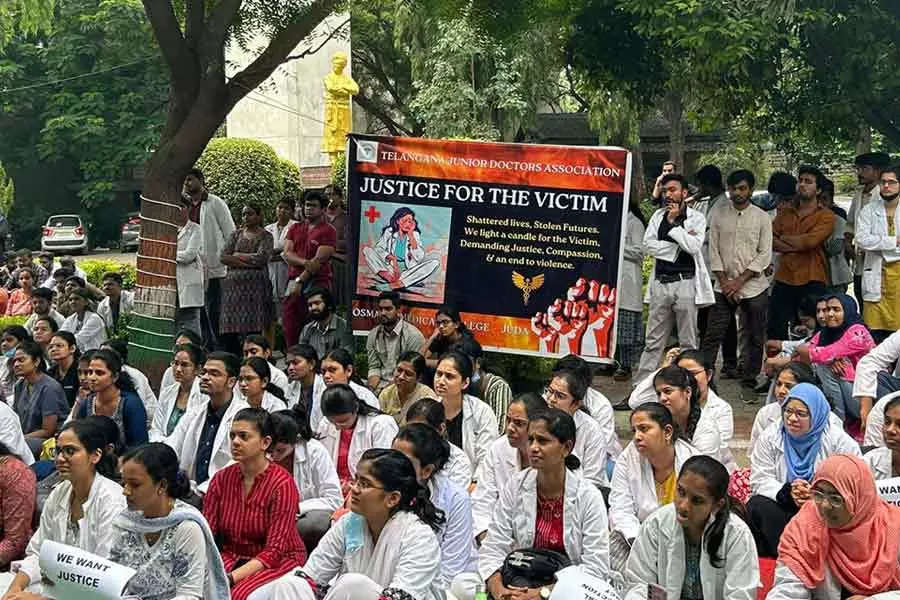Twenty-six-year-old Reshma (name changed) panicked when she consulted a nutritionist as her HbA1c levels of over six indicated Type 2 diabetes. An IT professional in Pune, she was horrified with the diagnosis as she had normal body weight and wasn’t into overeating. “She weighed around 65 kg but was not careful about what she ate. She would order her meals from outside, sleep late, and begin her day with a sugary cold coffee. With a job that entailed sitting at her desk for hours on end, she would hardly take a break on the hour or step out for a walk,” says Maitreyi Bokil, nutritionist and exercise physiologist, who is finding prediabetes and diabetes increasing among young people who may not be obese, some of whose cholesterol levels are also extremely high.
“Sitting for too long and eating foods low in fibre, protein and high in sugar (refined carbs) reduce the sensitivity of glucose receptors on the muscle surface and reduce insulin sensitivity. This can elevate free sugar in the blood and if it goes unnoticed, will result in full-blown diabetes mellitus,” explains Bokil, who is a triathlete and marathon runner. Then there are erratic meal timings, little to no physical exercise, sleeping late, all of which hurt the body, causing inflammation. “This manifests as increased fat around the midriff and upper back, darkening skin around the neck, irregular or painful periods in women, severe energy slump, poor sleep and frequent urination,” Bokil adds.
Stress, the biggest trigger
Most Read
Dr Vaishali Deshmukh, Head, Department of Endocrinology, Deenanath Mangeshkar Hospital and Deshmukh Clinic and Research Centre, feels diabetes, hypertension, PCOS (polycystic ovary syndrome) and infertility are related to high body fat percentage (visceral or internal organ-related fat may be abnormal). “But psychological stress leads to an increase in cortisol – the stress hormone – which prevents the insulin from working correctly. Blood sugar levels can rise because of this,” she says. Then one needs to address immunological stress. “It could be the stress of a chronic illness or viral infection which can impact one’s immunity. Again the system responds by increasing cortisol levels and can go into a negative balance,” she says and calls for chronic lifestyle changes.
Younger age diagnosis can avoid long-term complications
Recent research by noted diabetologist Dr C S Yajnik, Director, Diabetes Unit, KEM Hospital and Research Centre, Pune, has found that insulin deficiency is a major driver of diabetes in young Indians. “Sedentary lifestyle, obesity and wrong diet are known risk factors. Our research shows that both under-nutrition during pregnancy as well as diabetes in the mother during pregnancy increases the future risk of diabetes in their offspring. Early-life undernutrition could lead to smaller beta cell mass and defects in insulin secretion. This could manifest as prediabetes or Type 2 diabetes in young adulthood,” he says.
Dr Yajnik, who has been studying for over three decades now as to why diabetes is so common in Indians despite a relative lack of obesity, has found that the highest prevalence of Type 2 diabetes in India has been in states that have suffered chronic environmental, socio-economic and nutritional deficits. “Against such a background of inter-generational deprivation, a relatively small socio-economic development appears to precipitate diabetes at a young age. Diagnosis at a younger age has implications for long term complications and, therefore, early identification is vital for appropriate treatment to reduce adverse outcomes,” Dr Yajnik says.
© IE Online Media Services Pvt Ltd
First published on: 28-09-2023 at 11:14 IST










